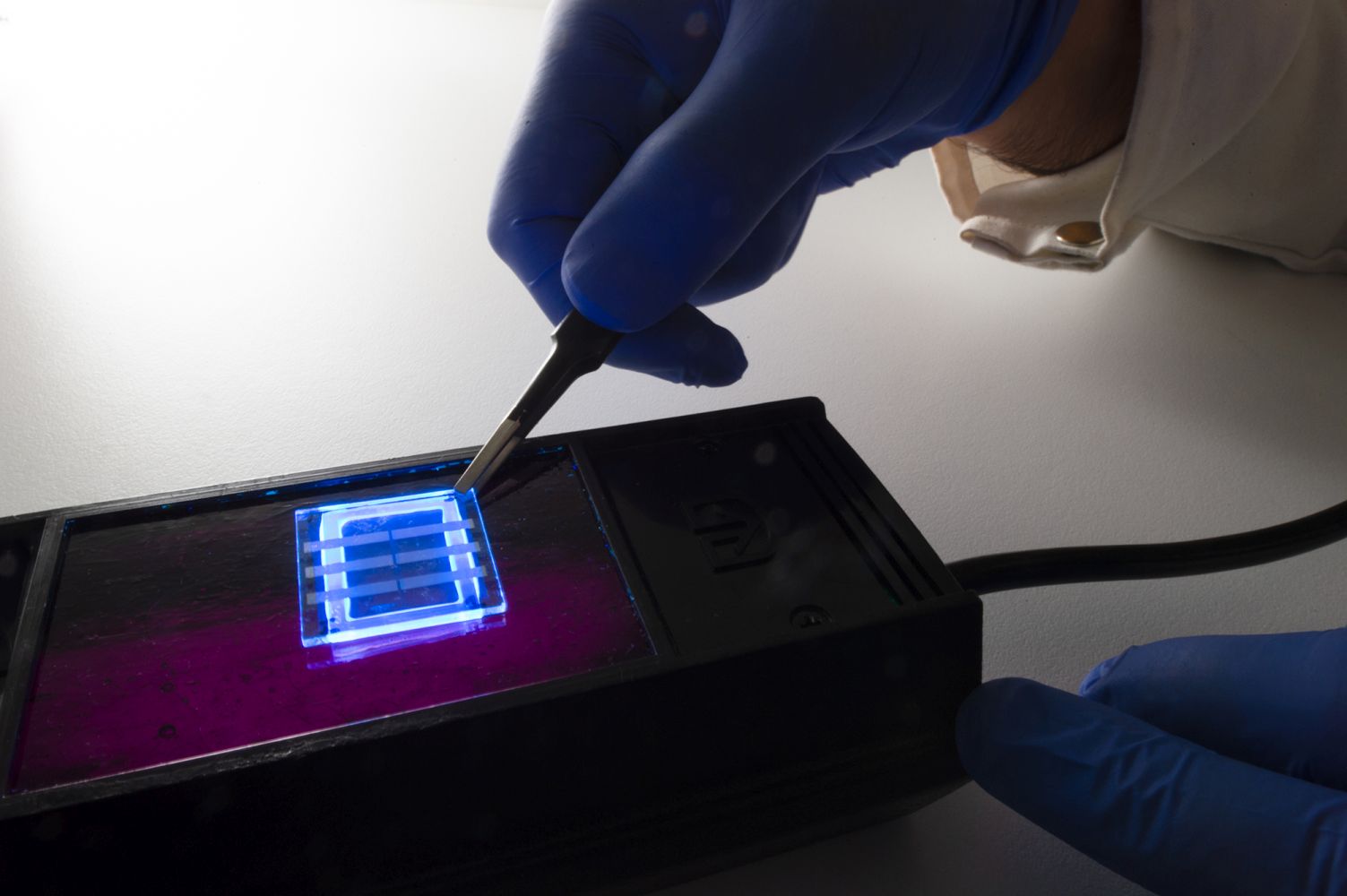Human hair used to make flexible displays for smart devices
8. 6. 2020 | Queensland University of Technology | www.qut.edu.au
Researchers from Queensland University of Technology have developed a method of turning the small hair strands into carbon nanodots, which are tiny, uniform dots that are one-millionth of a millimetre. These nanodots were then used as an active layer in organic light-emitting diode (OLED) device.
Human hair is made up of proteins (polymers of amino acids) including keratin, which breaks down upon controlled heating. The material remaining after heating has both carbon and nitrogen embedded in its molecular structure, which gives it favourable electronic properties. To produce the carbon nanodots, the researchers developed a two-step process that involved breaking down the hairs and then burning them at 240 degrees Celcius.

“Waste is a big problem,” said one of the senior author of the research, associate professor Prashant Sonar. “Human hair derived carbon dot-based organic light-emitting devices could be used for some indoor applications such as smart packaging. “They could also be used where a small light source is required such as in signs or in smart bands and could be used in medical devices because of the non-toxicity of the material.” One hypothetical example is a smart milk bottle, with a sensor built inside to give a real-time update of the milk’s expiry, with that information displayed on a screen on the outside.
Celý článek na Queensland University of Technology
Image Credit: Queensland University of Technology
-jk-




